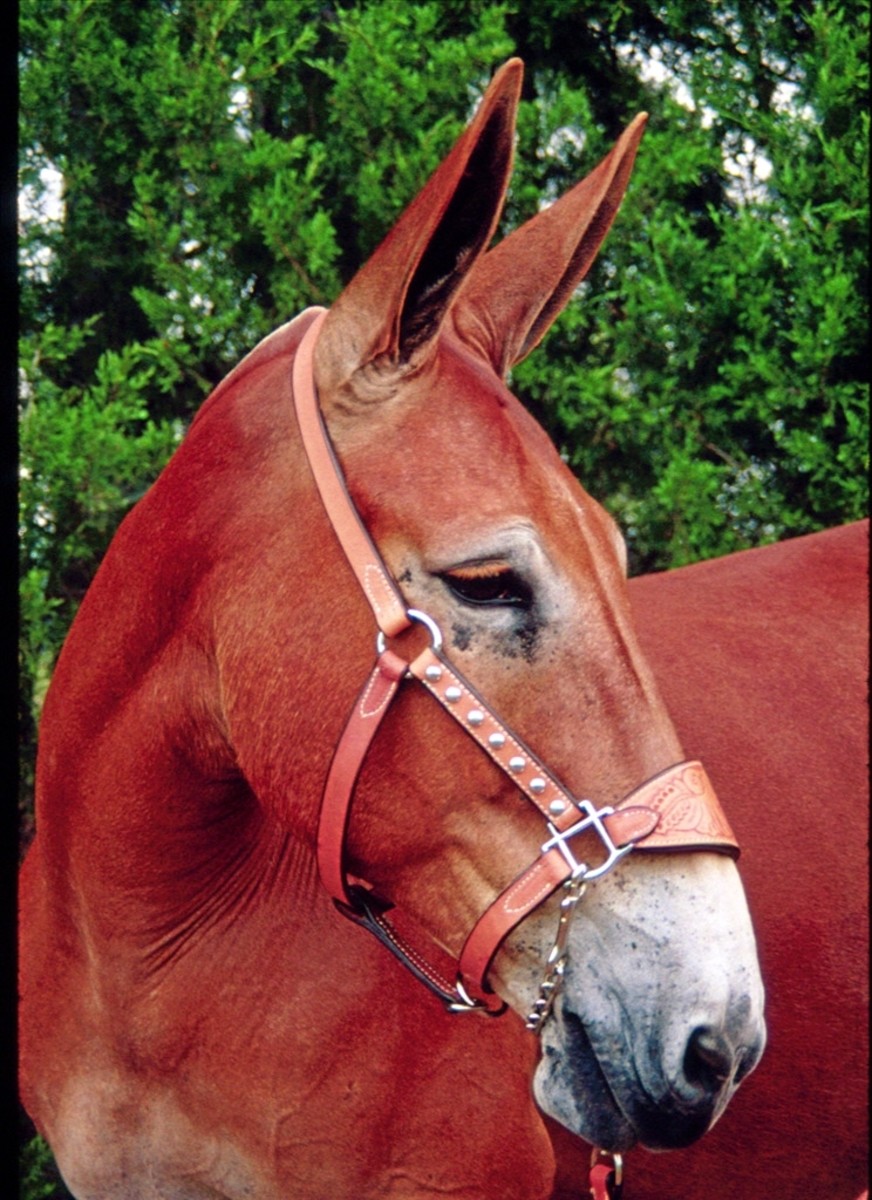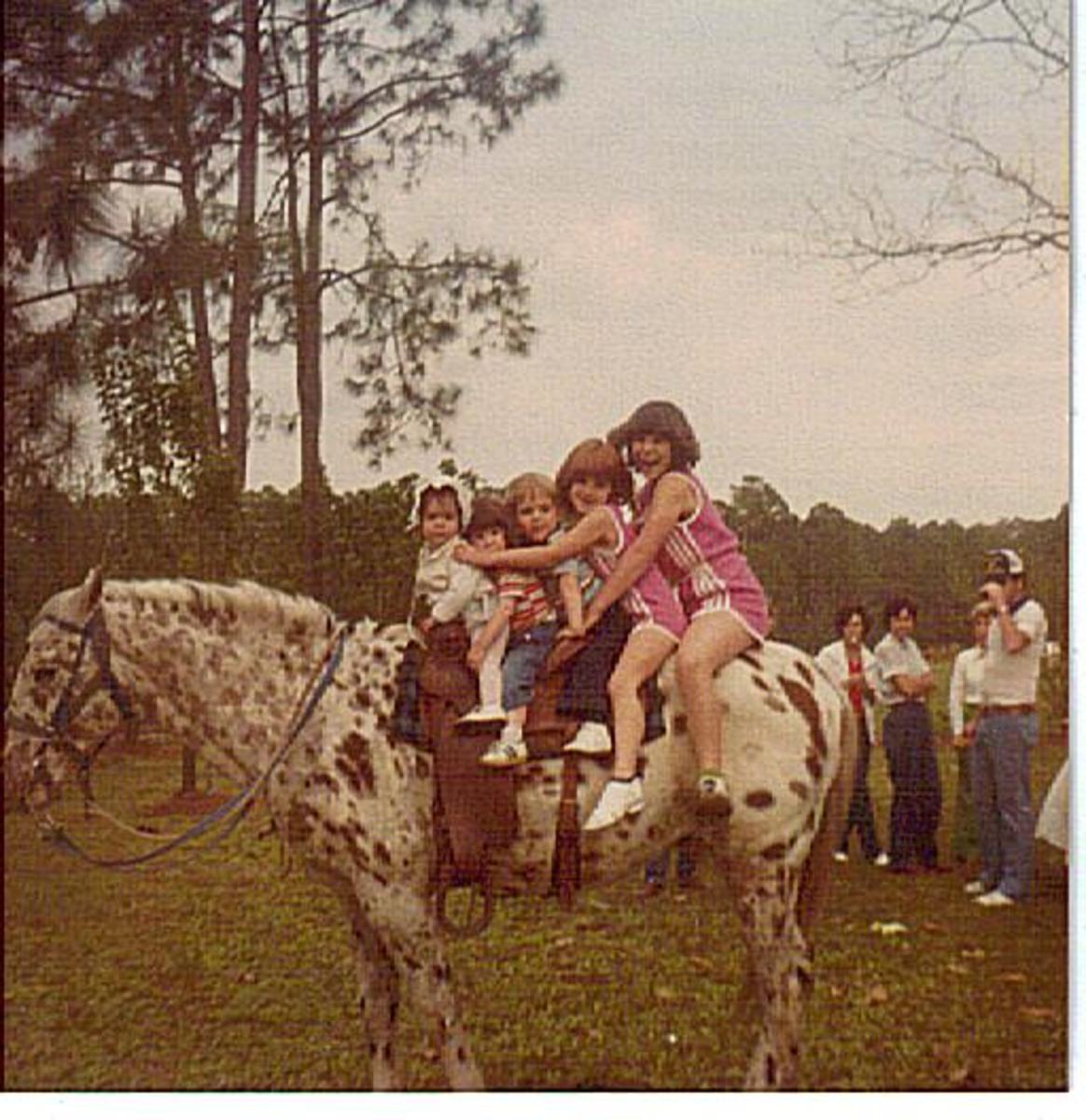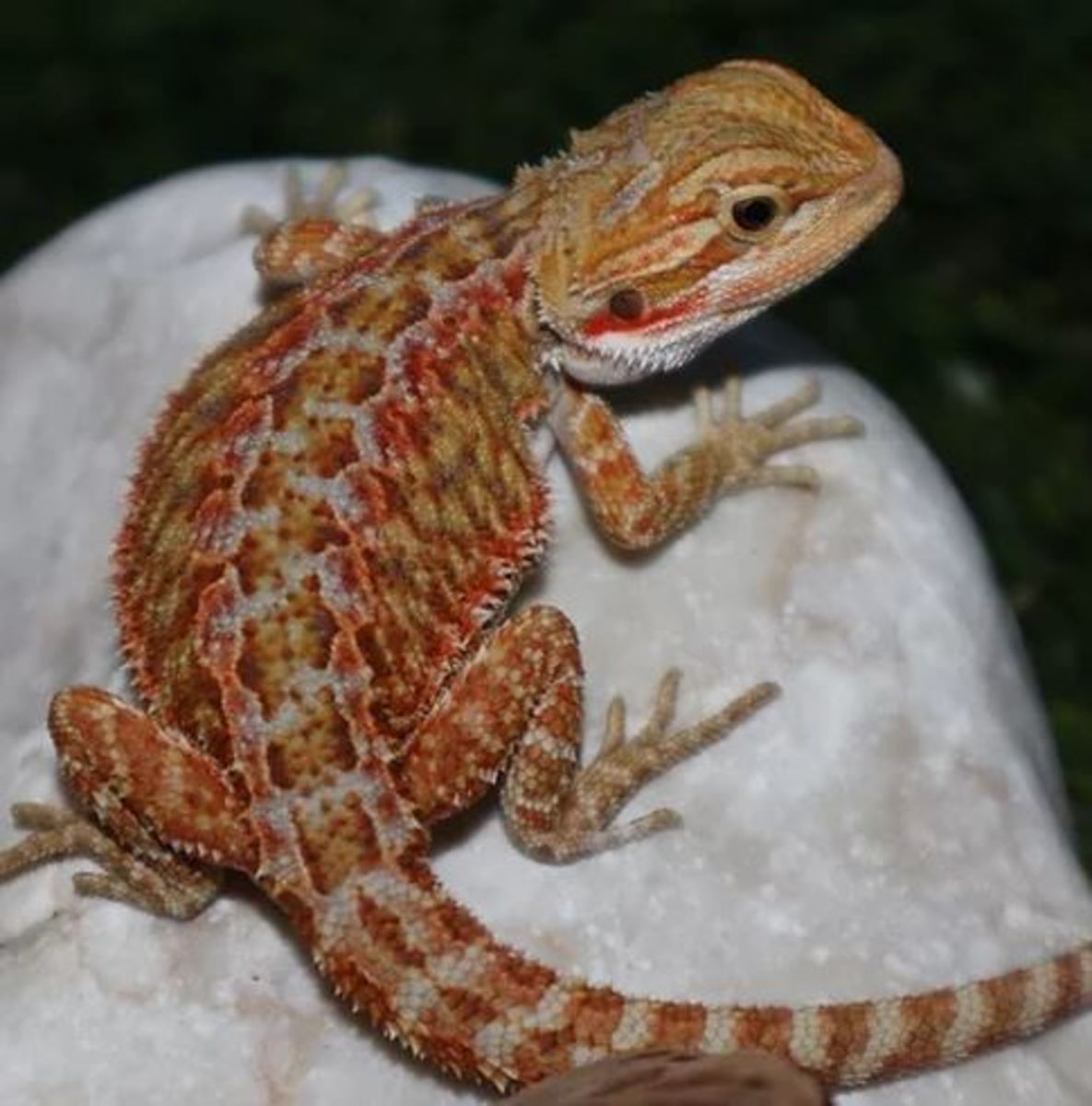Mules and Horses were used around the Homeplace from an early date
A gray mule
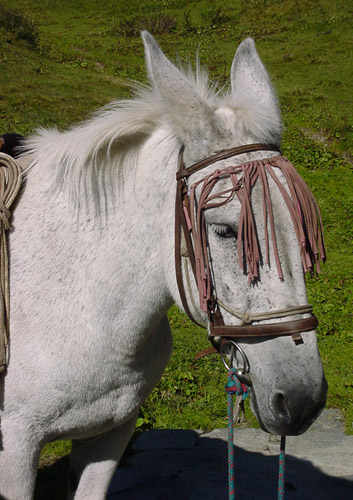
Mules and Horses were used around the Homeplace
Reading the Summer of 1843 Progress Report of the Founding of the Homeplace (on "The Homeplace Saga" blog), I was reminded that in order to go into the mule breeding business you need both male donkeys and female horses (mares). Mules are the result of that combination and are sterile, so they cannot reproduce. The size of a mule and the work to which it is put depends largely on the breeding of the mule's dam (mother). Mules can be lightweight, medium weight or even, when produced from draught horse mares, of moderately heavy weight, according to Wikipedia.
The following short story, a part of “The Homeplace Saga” series of historical fiction family saga stories, first published here, will likely be included in the collection of short stores in the series to be published in 2014 related to the Founding of the Homeplace.
* * *
The reason to breed mules for farm work relates to this contention made by 'mule people' - they are "more patient, sure-footed, hardy and long-lived than horses, and they are considered less obstinate, faster, and more intelligent than donkeys."* Both Hugh Truesdale and Victor Campbell, in our stories, subscribed to these feelings, and Jake Patton, Hugh’s father in law, supported them in those thoughts. By the time these three men formed their partnership, “Oak Creek Mule Breeders,” in the year 1840, in what would shortly become Oak Creek Township in the northwest corner of Shannon County, Missouri, each had been raising some of their own breeding stock for some time.
Settlers from across the valley, west, east and central, gathered on the Fourth Sunday of each month south of Jake Patton's General Store for a once a month social day. There was shared potluck dinner, where general announcements of interest to all were shared. In the afternoons, there were social activities, children's games, and music perhaps, and different groups got together for talk of mutual interests. These Fourth Sunday meetings had become a strong tradition in the valley from the first settlements in 1833.
This was, for example, where Hugh and Victor first talked of their strong feelings about using mules for farm work here in the valley versus the oxen that most of the early settlers used. Jake already had grown a number of breeding mares, breeding horses, and saw potential in expanding his own business, which was located centrally, whereas Hugh was in the eastern and Victor was in the western part of the valley. Jake also already owned enough land that wasn't being fully utilized in the central valley that he was pleased to have the opportunity to utilize in the new venture partnership.
As had become their custom in the valley, all of the aspects of the partnership agreement were put in writing so that whether they were successful or a failure, as a partnership, each party to the agreement knew well in advance where they each stood as well as what happened if any of partners was unable to fulfill their obligations under the partnership. Each had found success by operating each venture they approached in this way.
In the beginning, Hugh and Victor each contributed the services of three male donkeys and two mares to the venture along with their knowledge and expertise in the breeding, maintenance and training of mules. Jake proved two mares, a lease to the land for use by the partnership, and general management of the operation along with his two partners. Part-time workers were contracted to perform necessary maintenance functions. Jake made arrangements to use General Store credits as payments for services agreed to and performed. Various barter arrangements were common in the valley and had been common practice since the first settlements.
- Jackson, Louise A. The Mule Men: A History of Stock Packing in the Sierra Nevada, p. 5 (Mountain Press Publishing Co, Missoula, Montana, 2004). ISBN 0-87842-499-7
Mules used to plow the ground on the farm
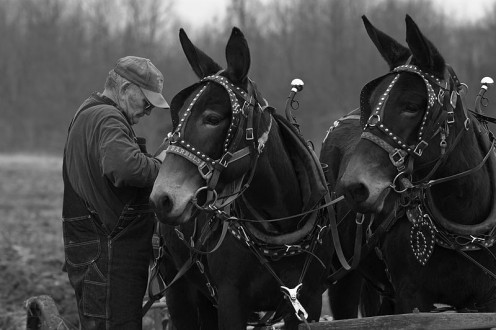
Horse and Mule use near the Homeplace
In each of the following couple of years, the partnership found success and continued to build their herd of breeding stock by reinvesting and careful selection of animals to keep and animals to sell. By the end of the planting season in 1843, the partners decided that they needed a full-time person monitoring and supervising the breeding operation, so they hired Victor's eighteen-year old son, Ralph Campbell, to move into the central valley to take that position.
That same spring, two young couples purchased farms just north of Jake Patton's property in the central valley. Each of these young men was already experienced with working and even training mules for their farm work. Starting in the summer, shortly after Ralph Campbell joined the partnership as a full-time employee, Frances Holt and Jacob Pryor began working for the operation on a 'permanent part-time' basis. With these additions, the business continued to prosper.
In related activities, in 1844, Ralph Campbell and Sally Rhodes (his western valley neighbor) were married. They arranged a sharecrop farming arrangement with Jake Patton on 40 acres just west of town, adjacent to the mule breeding land, and built a house there. Sally worked at the Patton Hotel, where Ralph had been living since he moved to the central valley the prior year.
Later in the year, Jake Patton completed construction of the Livery Stable just to the north of the Patton Hotel along what was becoming called Central Avenue. Ralph Campbell became manager of the Livery Stable as well as his other duties and these operations were conducted as an integrated manner incorporating the donkeys, horses and mules of the combined ownership interests. Careful books were maintained so that each interested party received appropriate credits and reports.
Southern Missouri Cottonwood tree
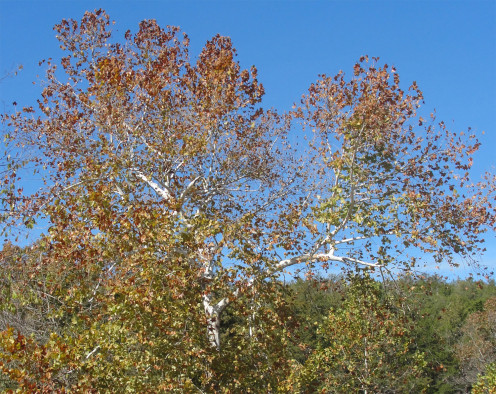
Conclusion
When the town of Oak Springs was platted in June 1848, the western edge ran along the eastern edge of the Oak Creek Mule Breeders pasture area. The Livery Stable was only three blocks away, to the east. There was easy access, all the way around. The road running along the south edge of pasture, and just north of the Patton General Store to the east, was designated Patton Road. Ralph and Sally Campbell’s house was west of the pasture on the north side of Patton road that now extended out along Center Creek to serve the farms in that direction.
Oak Springs was created as a plat of four blocks wide (east and west) and six blocks long (north and south) with Central Avenue running through the center from north to south. Patton Road was two blocks north of the south end of the plat. Each block consisted of 2 ½ acres square, divided into four equal sized lots.
To the north of Patton Road, along the east side of Central Avenue, stood Donagan’s Tavern, the Patton Hotel and the Livery Stable. The blocks on the west side of Central Avenue stood vacant as of the summer of 1948.
When word of the gold rush hit the Oak Springs community and Oak Creek Township, many talked of heading to the gold fields in California. Only one family actually left, to head in that direction. Frances Holt quit is job with the Mule Breeders, sold his farm to his neighbor, Grant Carroll, and headed to Springfield to join a group of “forty-niners” headed to California. Elizabeth Holt left the valley with him, of course, intending to live with relatives near Springfield. No one in the valley ever heard from either of them again, as far as anyone knows.


